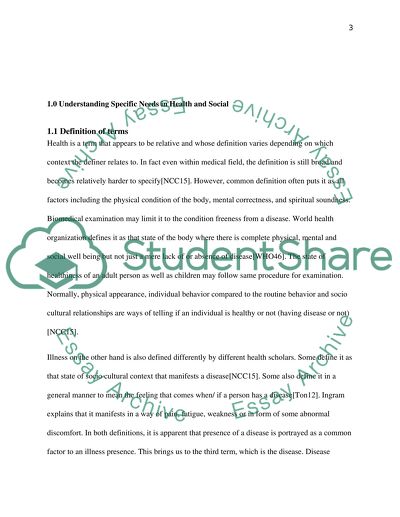Cite this document
(“Understanding Specific Health and Social Needs Essay”, n.d.)
Retrieved from https://studentshare.org/finance-accounting/1697481-health-and-social-care-understand-specific-needs
Retrieved from https://studentshare.org/finance-accounting/1697481-health-and-social-care-understand-specific-needs
(Understanding Specific Health and Social Needs Essay)
https://studentshare.org/finance-accounting/1697481-health-and-social-care-understand-specific-needs.
https://studentshare.org/finance-accounting/1697481-health-and-social-care-understand-specific-needs.
“Understanding Specific Health and Social Needs Essay”, n.d. https://studentshare.org/finance-accounting/1697481-health-and-social-care-understand-specific-needs.


